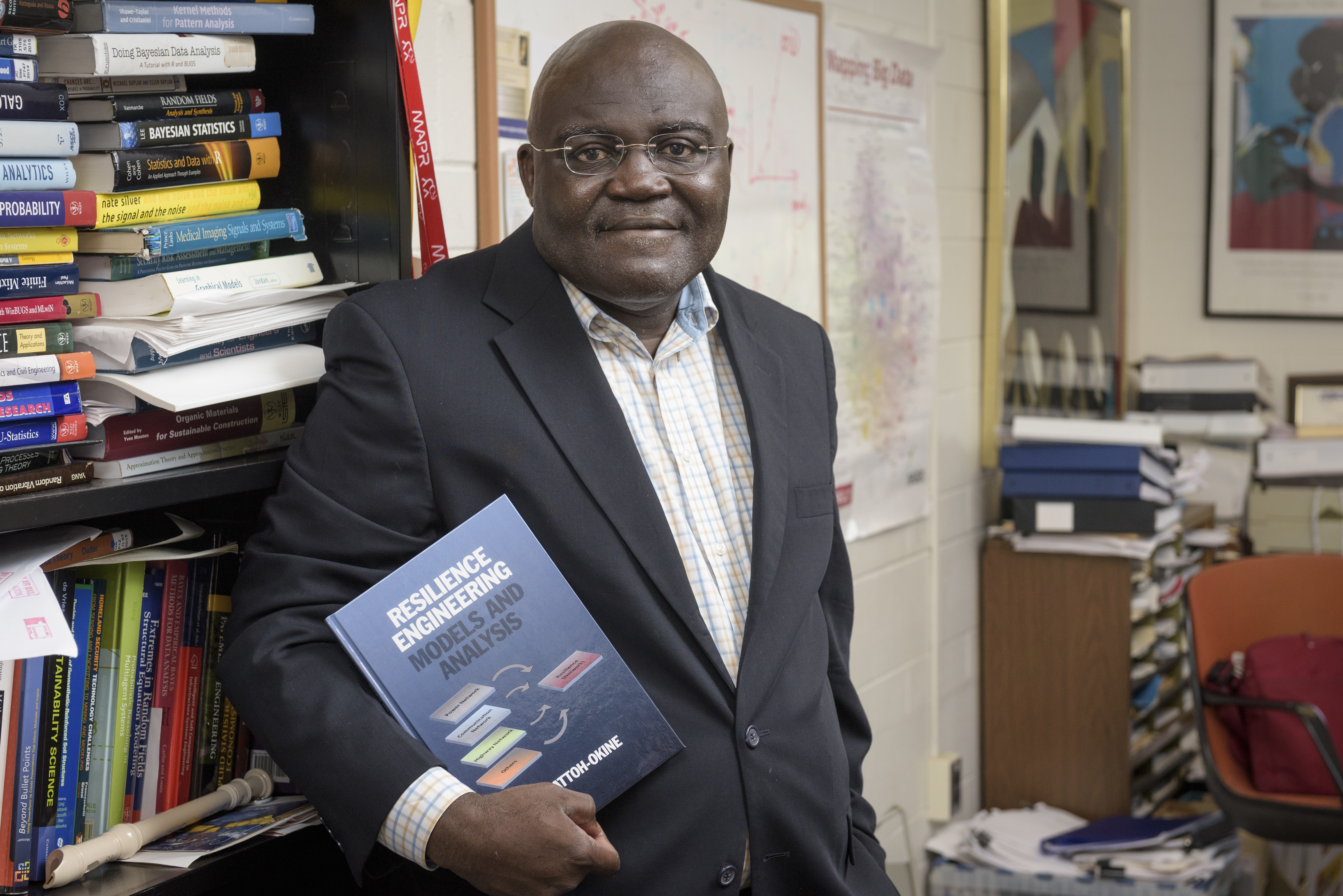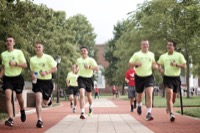


Bridging the competition
UD engineering students participate in national steel bridge competition
9:29 a.m., May 21, 2013--Thirteen University of Delaware students aren’t headed on summer vacation just yet. Instead, they are preparing to compete at the 2013 National Student Steel Bridge Competition scheduled May 31-June 1 at the University of Washington in Seattle.
The civil and environmental engineering students are members of the American Society of Civil Engineers (ASCE) UD chapter, an organization dedicated to involving engineering students in real-world design issues related to building and ensuring the safety of our nations infrastructure.
People Stories
'Resilience Engineering'
Reviresco June run
This year’s challenge is to use Accelerated Bridge Construction, a method commonly employed in commercial areas to reduce time and money spent on construction and to decrease the economic impact of construction on traffic flow.
Bridges are scored in six categories, including display, construction speed, weight, stiffness, construction economy and structural efficiency. Overall performance is measured by the sum of the construction and the structural costs. The team with the lowest cost and highest performance wins.
With the support of the 13-member team, four competitors will construct the UD bridge during the competition.
“You can have up to six people helping you build the bridge, but the more people, the higher the cost,” Matthew Ashley, president of the UD ASCE chapter and senior in the Department of Civil and Environmental Engineering, said.
To make the competition trickier, teams must follow strict sizing, weight and performance specifications or receive penalties, which increase the hypothetical cost of building the bridge. All parts must be delivered one-by-one by a teammate to the construction team. Parts must fit into a box measuring 3 feet long by 6 inches wide and 4 inches high and all construction, including materials delivery, is timed.
The bridge is tested under loads of up to 2,500 pounds, and not only does it have to stand up, but it can only move about half an inch in any direction without a penalty when subjected to 50 pound weights in addition to the load.
“It’s very precise and a good practice in discipline,” Mark Wisniewski, junior civil engineering major and captain of UD’s Steel Bridge team, remarked. “The challenge is finding a balance between cost and durability.”
Designing their bridge last fall using the computer program STAAD.Pro, the students decided to construct a flat, double girder span, which decreases the number of members needed and strengthens the overall design. At the Mid-Atlantic chapter competition in April, the team scored among the top five in all categories, building the bridge in less than 13 minutes at a theoretical cost of under $6 million, placing second overall and advancing them to nationals.
“We learned from regionals that our deflections were outstanding, so we focused on decreasing the amount of pieces we need in order to decrease the weight and improve our construction time at nationals,” Wisniewski, who also is an Honors Program student, said.
Article by Sarah E. Meadows











